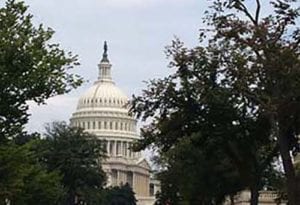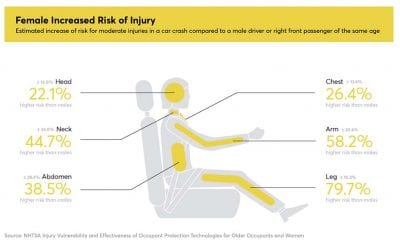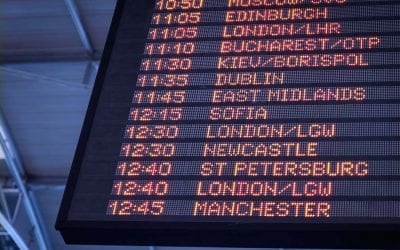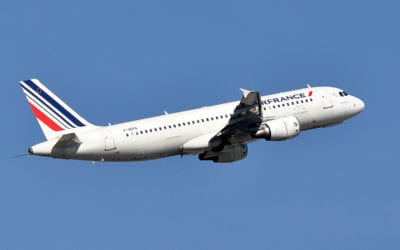The real airline antitrust world is complex when it comes to travelers.

Slot controls mask major antitrust issues.
The Department of Transportation (DOT) and the Federal Aviation Administration (FAA) both have responsibilities. DOT is responsible for granting antitrust immunity to airline partners. This is like a merger, but without any exchange of stock or hassles with international law. The FAA is focused on maintaining slot control at some US airports. These controls are extremely important for our system.
For example, in the New York City area, more than 75 percent of all take-off and landing slots at LaGuardia and JFK are controlled by three airlines — Delta, American and JetBlue. This is not a good situation for consumers when competition is stifled and controlled by three airlines. The two major network carriers serving 77 percent of the traffic in and out of LaGuardia use that control to keep out competitors and to divide the market.
Three transatlantic alliances control more than 90 percent of flights.
DOT gets around other antitrust rules by granting immunity for collusive practices. While it would appear that a dozen airlines are flying across the Atlantic on a daily basis, the truth is that these airlines are part of three “alliances” that are allowed to coordinate their flights, schedules, and airfares. These airline alliances also split their profits. Many of the airlines within these alliances operate as though they are fully merged. They have their own profit sheets, their own boards of directors, and coordinate everything from schedules, fuel purchases, cargo rates, and airfares.
In other words, what appears to be a competitive market of many airlines is a tightly controlled group of three airline alliances that fly about 90 percent of transatlantic traffic. This legal cabal kept international airfares high because of the lack of competition, even with plunging jet fuel prices.
Travelers United urges Congress to re-examine current ATI grants and airline alliances based on the most recent actions by airline alliance members that are erasing many of the stated reasons for airline alliances and ATI. Chief among those kinds of benefits that are now threatened is the ability to Interline — check in on several airlines at once and have baggage transferred between airlines in different alliances. Today, airline alliances are taking on the practices of monopolies by restricting both through check-in as well as transfers of baggage outside of alliances.
MORE FROM TRAVELERS UNITED: Passengers pay for airports now — look elsewhere for more money
Where is the public benefit?
DOT should re-examine any claims of “public benefit” developed by ATI grants. The Department should clearly delineate the consumer benefits that were described in the original ATI applications.
Not a single carrier in an immunized joint venture, or DOT itself, has ever published data showing that the US consumer is better off because of any ATI grants. Carriers that apply for ATI protection for their joint ventures make many promises. However, DOT has never demonstrated that these promises are actually delivered to consumers.
No more ATI grants should be allowed until the Department conducts a complete review of the current ATI grants. These “periodic reviews” were included in the original ATI grants. Travelers United respectfully requests that these promised periodic reviews be completed and the continuing “public interest” be confirmed prior to any new ATI actions by DOT.

Charlie Leocha is the President of Travelers United. He has been working in Washington, DC, for the past 14 years with Congress, the Department of Transportation, and industry stakeholders on travel issues. He was the first consumer representative to the Advisory Committee for Aviation Consumer Protections appointed by the Secretary of Transportation from 2012 through 2018.



